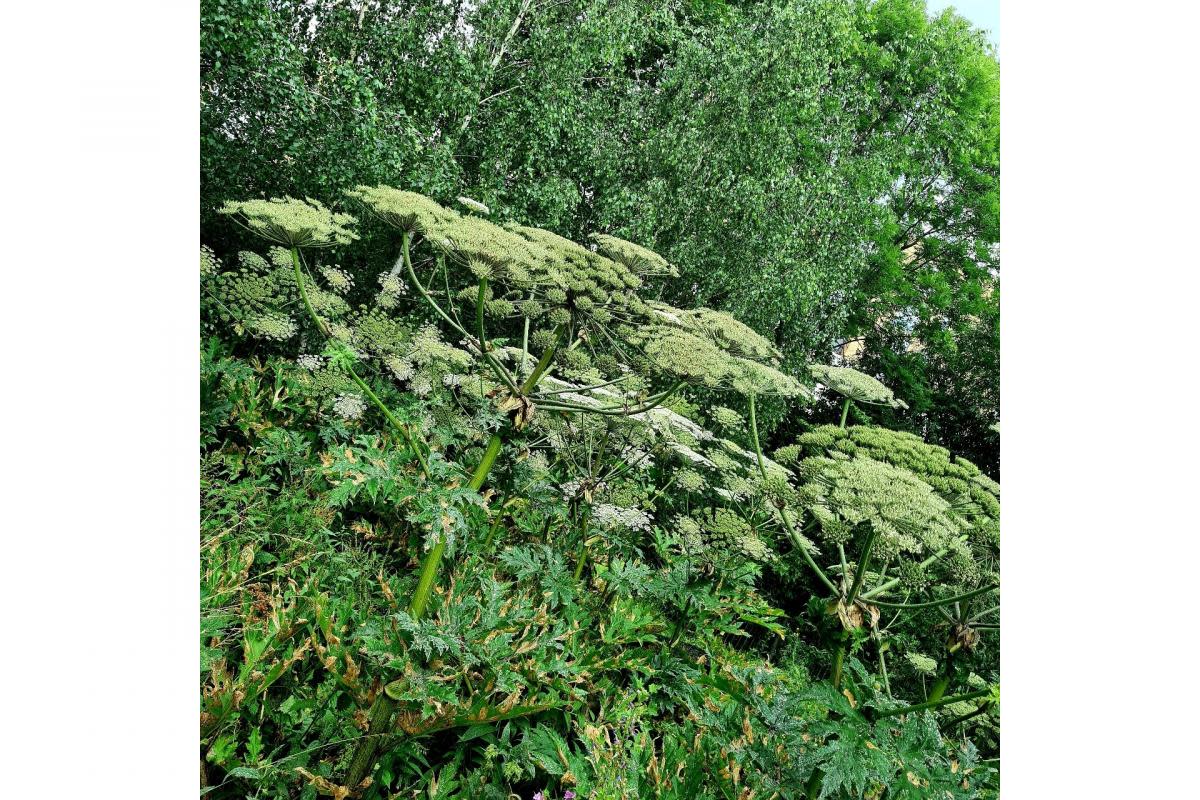Worcester residents warned of hogweed invasion

Worcester residents have been advised to exercise caution this summer ahead of a giant hogweed invasion.
The sap derived from the non-native weed is extremely toxic, and the Property Care Association (PCA), a national trade body, has advised that the plant could thrive over the coming months.
Two wet spring seasons in a row have created ideal conditions for giant hogweed to grow with the potential to grow up to five metres in height.
The technical manager of the PCA's Invasive Weed Control Group, Mr Daniel Docking, said: "Too often there are reports of people who have been injured after inadvertently coming into contact with Giant hogweed.
“Children are particularly vulnerable because of contact whilst playing outdoors.
"A repeat of last year's wet weather conditions means that the plant will take hold once again - so there's more chance of people being exposed to it."
The PCA has advised that contact with any part of giant hogweed, followed by sun exposure, can cause "severe discomfort and blistering to the skin".
Mr Docking added: "Anyone unfortunate to come into contact with Giant hogweed can develop symptoms including a rash, itching and blisters where the skin has touched any part of the plant.
“In some cases, people need urgent medical attention because the blistering can be so severe.
"The condition can reoccur over a period of years, with the rash and the itching coming back every time the skin is exposed to UV light.”
Alongside its size, the PCA has advised that Giant hogweed's most prominent characteristics include its large, white, umbrella shaped flowers which can produce 50,000 seeds per head.
The leaves of giant hogweed have serrated edges, whilst the stem is usually covered in purple blotches.
Mr Docking added: "Giant hogweed is distinctive, however the plant can sometimes be confused with UK’s native Hogweed, Cow Parsley or even Hemlock.
"All of these are much smaller in size and have leaves with a smoother outline.”
The PCA believes that by making residents aware of giant hogweed's presence and potential health implications, they can stay safe.

 Yahoo News
Yahoo News 
